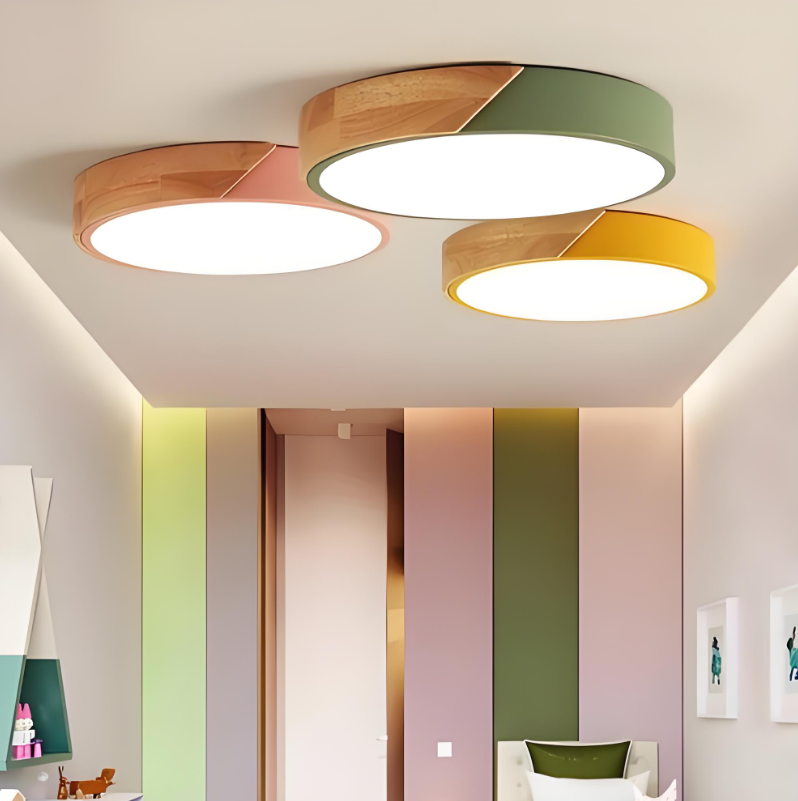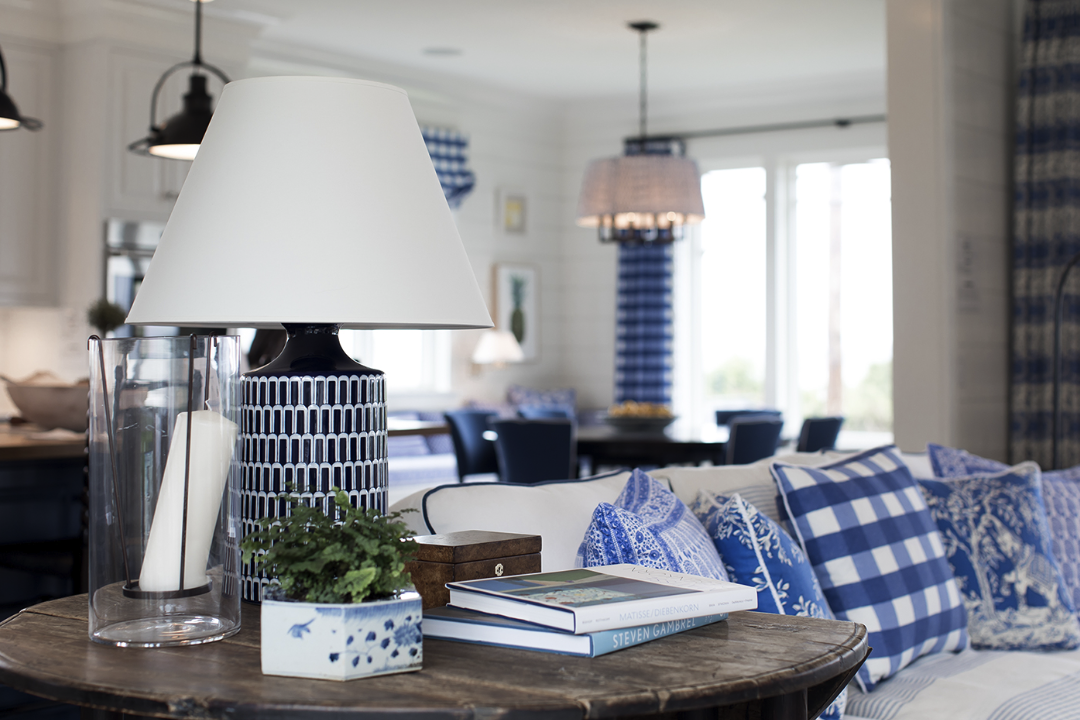Lighting plays a crucial role in creating a comfortable and inviting space for children. It not only illuminates the room but also affects a child’s mood, behavior, and sleep patterns. Proper lighting in a child’s room is essential for their overall well-being and development. In this article, we will explore the importance of proper lighting in a child’s room, the different types of lighting fixtures available, how to choose the right light bulbs, creative lighting ideas, safety considerations, lighting for different activities and age groups, decorating with lighting, and maintenance and upkeep of lighting fixtures.
The Importance of Proper Lighting in a Child’s Room
Poor lighting in a child’s room can have negative effects on their health and development. Insufficient lighting can strain their eyes and lead to headaches and fatigue. It can also affect their concentration and productivity, making it difficult for them to focus on tasks such as reading or studying. Inadequate lighting can also contribute to poor sleep quality, as it disrupts the body’s natural circadian rhythm.
On the other hand, proper lighting can enhance a child’s learning, creativity, and overall well-being. Bright and well-lit spaces promote alertness and improve cognitive function. Natural light is especially beneficial as it provides a sense of connection to the outdoors and helps regulate the body’s internal clock. Additionally, proper lighting can create a warm and inviting atmosphere that promotes relaxation and comfort.
Types of Lighting Fixtures for Children’s Rooms
There are various types of lighting fixtures available for children’s rooms, each with its own pros and cons. Ceiling lights are a popular choice as they provide general illumination for the entire room. They come in various designs such as flush mount or pendant lights, allowing you to choose one that suits your child’s room decor.
Table lamps are another common option that provides localized task lighting. They are perfect for reading or studying and can be placed on a desk or bedside table. Floor lamps are similar to table lamps but provide more flexibility in terms of placement. They can be easily moved around the room to provide light wherever it is needed.
Wall sconces are a great choice for adding ambient lighting and creating a cozy atmosphere. They can be installed at different heights and angles to create a unique lighting effect. String lights are a fun and whimsical option that can be hung on walls, ceilings, or furniture to add a touch of magic to the room.
Choosing the Right Light Bulbs for Children’s Rooms
When it comes to choosing light bulbs for children’s rooms, there are several options available. Incandescent bulbs are the traditional choice, but they are not energy-efficient and have a shorter lifespan. Compact fluorescent bulbs (CFLs) are more energy-efficient and last longer, but they contain mercury and should be disposed of properly.
LED bulbs pyrusdesign are the most popular choice for children’s rooms as they are energy-efficient, long-lasting, and come in various colors and brightness levels. They are also cool to the touch, making them safe for children. Additionally, LED bulbs can be dimmed to create a soothing and relaxing atmosphere.
When choosing light bulbs for a child’s room, it is important to consider their needs and preferences. Some children may prefer warm white light for a cozy feel, while others may prefer cool white light for a brighter and more stimulating environment. It is also important to consider the color rendering index (CRI) of the bulbs, which measures how accurately they display colors.
Creative Lighting Ideas for Children’s Rooms
In addition to traditional lighting fixtures, there are many creative lighting ideas that can add a touch of fun and whimsy to a child’s room. One idea is to use fairy lights or string lights to create a magical atmosphere. They can be hung on walls, draped over furniture, or used to create a canopy effect above the bed.
Another creative lighting idea is to use light projectors to create a starry night sky on the ceiling. These projectors come in various designs and can project different patterns and colors. They can be a soothing and calming addition to a child’s bedtime routine.
Glow-in-the-dark stickers or decals are another fun way to incorporate lighting into a child’s room. These stickers absorb light during the day and glow in the dark, creating a whimsical and enchanting effect. They can be applied to walls, ceilings, or furniture to create a unique and personalized space.
Safety Considerations for Children’s Room Lighting

When choosing lighting fixtures for a child’s room, it is important to consider safety. Avoid fixtures with exposed bulbs or hot surfaces that can be easily touched by children. Instead, opt for fixtures with enclosed bulbs or LED lights that remain cool to the touch.
Ensure that all electrical cords are properly secured and out of reach of children. Use cord covers or cord clips to prevent tripping hazards and keep cords organized. It is also important to regularly check the condition of cords and replace any that are frayed or damaged.
Additionally, make sure that light fixtures are securely installed and cannot be easily pulled down by children. Use wall anchors or brackets to ensure that fixtures are properly mounted. If using table lamps or floor lamps, choose ones with a stable base that cannot be easily knocked over.
Lighting for Different Activities in a Child’s Room
A child’s room is a multifunctional space where various activities take place. Proper lighting can enhance these activities and create an environment that is conducive to learning, playing, and relaxing.
For reading or studying, it is important to have task lighting that provides focused illumination. A desk lamp with an adjustable arm and shade is ideal for this purpose. The light should be directed towards the reading material to minimize glare and shadows.
For playtime, it is important to have a well-lit room that allows children to see and explore their surroundings. Ceiling lights or wall sconces can provide general illumination, while floor lamps or table lamps can be used to create localized lighting for specific play areas.
For bedtime, it is important to have soft and soothing lighting that promotes relaxation and sleep. Dimmable lights or nightlights can create a calming atmosphere and help children wind down before bed. Avoid bright or harsh lighting that can disrupt their sleep.
Lighting for Different Age Groups: Infants, Toddlers, and Older Children
As children grow and develop, their lighting needs change. Infants require soft and gentle lighting that mimics the womb environment. Nightlights or dimmable lights can provide a soothing and comforting atmosphere for sleep.
Toddlers and young children benefit from bright and stimulating lighting that promotes learning and creativity. Natural light is especially important for their development, so it is recommended to have windows or skylights in their room. Additionally, colorful and interactive lighting fixtures can create a fun and engaging environment.
Older children have more specific lighting needs based on their activities and preferences. They may require task lighting for studying or reading, as well as ambient lighting for relaxation. It is important to involve them in the decision-making process and consider their input when choosing lighting fixtures and bulbs.
Decorating with Lighting in Children’s Rooms
Lighting can be used as a decorative element in a child’s room to enhance the overall theme or mood. For example, string lights can be hung on walls or ceilings to create a whimsical and magical atmosphere. Colored LED lights can be used to create a specific theme, such as underwater or outer space.
Wall sconces with unique designs or shapes can serve as both functional lighting and decorative accents. They can be installed at different heights and angles to create a visually interesting effect. Additionally, lamps with colorful shades or unique bases can add a pop of color and personality to the room.
Maintenance and Upkeep of Children’s Room Lighting Fixtures
Proper maintenance and upkeep of lighting fixtures are essential to ensure that the room remains well-lit and safe. Regularly clean fixtures to remove dust and dirt that can affect their performance. Use a soft cloth or duster to gently wipe down the surfaces.
Replace light bulbs as needed to maintain optimal lighting conditions. Keep spare bulbs on hand so that they can be easily replaced when necessary. When replacing bulbs, make sure to turn off the power and allow the bulb to cool before handling.
Inspect cords and plugs regularly for any signs of wear or damage. Replace any frayed or damaged cords immediately to prevent electrical hazards. It is also important to periodically check the stability of fixtures and tighten any loose screws or brackets.
In conclusion, proper lighting in a child’s room is essential for their overall well-being and development. It can affect their mood, behavior, and sleep patterns. By choosing the right lighting fixtures and bulbs, considering safety considerations, and incorporating creative lighting ideas, you can create a fun and stimulating environment for your child. Regular maintenance and upkeep of lighting fixtures will ensure that the room remains well-lit and safe.




